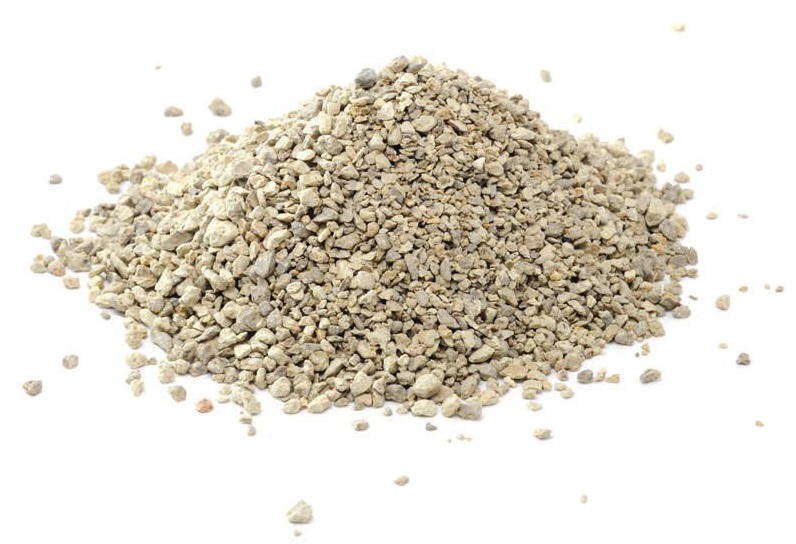Dust: Airborne fiend
Evan Zabawski | TLT From the Editor July 2011
The bane of a lubricated system’s existence.

Due to its origin from clay, Fuller’s Earth dust is very abrasive and leads to accelerated wear.
www.canstockphoto.com
I always cringe when I visit a customer’s site and see Fuller’s Earth in use as an absorbent for oil spills. Fuller’s Earth, perhaps better known as kitty litter or some derivation of “floor dry” has had many uses over the years, but this one in particular should be discontinued. Although it works, there are better products that do not share its downsides.
For nearly 7,000 years, the process of cleansing and thickening cloth has been known as fulling, and someone who practices this trade is known as a fuller. Raw wool often contains grease, dirt and fecal matter, so to clean it the fullers would soak the wool or fleece in an alkaline solution and then agitate it in clay slurry. Several rinses of water would remove the clay and the absorbed impurities. As I discussed in my September 2009 column, lanolin is extracted from this stream. The particular clay fullers used in the fulling process came to be known as Fuller’s Earth.
Since then Fuller’s Earth has been used at a personal level for its absorption properties as an antidote for poison, as a bandage for severe wounds, as an all-purpose household kitchen and glass cleaner, as a laundry pretreatment product and as a deep pore cleanser (ever wonder what’s in a face pack?).
This latter example shows its efficacy at absorbing oil from a porous surface, and it is here that I draw your attention. Industrially, Fuller’s Earth has been widely used for absorbing spilled oil and has unknowingly led to the premature failure of many lubricated systems. When poured on an oil spill and allowed to sit, the Fuller’s Earth literally pulls the oil from concrete and wood floors, leaving a slip-free surface and an easy, dry cleanup.
Those of you who have ever poured some of this granular clay on a floor or walked through a pile of it have noted that it produces a lot of dust. This dust is so fine in size that it remains suspended in the air for a seemingly disproportionate amount of time. Movie makers have exploited this effect to make models appear life-sized, most famously during the twister scene in the
Wizard of Oz.
Though it looks good on film, it can have a very harmful effect in an industrial environment with lubricated equipment by ingression through a breather or air filter. Due to its origin from clay, Fuller’s Earth dust is very abrasive and will lead to accelerated wear; however, oil analysis can confirm its presence before it causes this damage.
Scientifically known as calcium montmorillonite, Fuller’s Earth also contains magnesium oxides and iron oxides and shows up in spectrographic analysis as calcium, magnesium and iron. Truthfully, that same combination of elements may show up as hard water or salt in a system causing rust, but knowledge of recent events within the plant should help narrow the field of choice.
If Fuller’s Earth seems like the likeliest cause, it may be removed to some extent with fine filtration, around 3 microns or better. To keep it from reoccurring, it should be banished from site, since no amount of proper handling will mitigate the dust formation.
Going forward, both absorbent socks and cloths can be used to control the spread of oil spills and remove them from the floor, respectively. These options still give that “walk-away” performance of being able to leave the spill to handle other tasks and provide an even easier cleanup that doesn’t require sweeping and shoveling. Though, the best part is they don’t create harmful dust.
When I say that I hate kitty litter so much even my cats don’t use it, people think I am joking. I’m not, but since I can’t use absorbent cloths for that application, I use silica crystals which also do the job and produce a lot less dust.
 Evan Zabawski, CLS, is the manager of training and education services for The Fluid Life Corp. in Edmonton, Alberta, Canada. You can reach him at evan@fluidlife.com
Evan Zabawski, CLS, is the manager of training and education services for The Fluid Life Corp. in Edmonton, Alberta, Canada. You can reach him at evan@fluidlife.com.